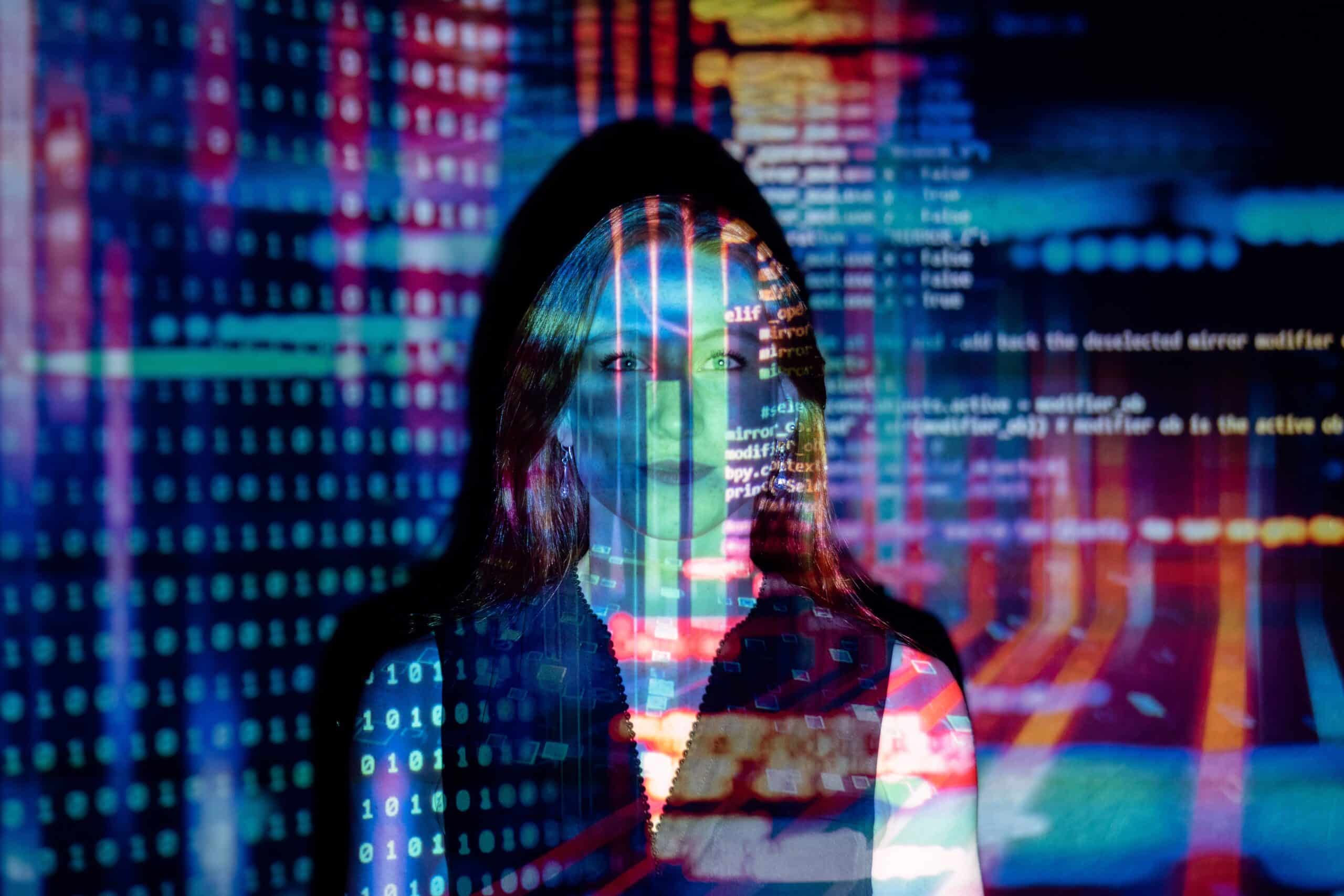Storytelling in the Metaverse: What companies need to understand now

“Let’s meet in the museum in five minutes!” or “Your new suit from Dolce & Gabbana looks so chic!” are phrases that you can very well – especially here in Berlin – like to hear on the street. But meanwhile not only there. Because the metaverse is conquering the world. At the end of 2021, for example, a virtual glass suit designed by Domenico Dolce and Stefano Gabbana from the Collezione Genesi NFT was sold at auction for just over $1 million. And the first completely virtual museum, the NFT museum project Musee Dezentral, now brings artists and art collectors together in a revolutionary way. But what is this so-called metaverse and how can you recognize it?
Matthew Ball, venture capitalist and former Head of Strategy at Amazon Studios, identifies in his essay on “The Metaverse: What It Is, Where to Find it, and Who Will Build It,” he identifies a total of seven points that should define a metaverse.
- According to Ball, the metaverse is first and foremost persistent and thus cannot be paused or stopped.
- It is live and takes place in real time.
- There is no limit to the number of users.
- It has its own economic system.
- The metaverse spans both the digital and physical worlds and includes both open and closed platforms.
- There is also an extremely high level of interoperability – that is, the seamless interaction of different data, digital objects/assets, as well as content across individual networks.
- The last point of Ball’s definition states that the metaverse should be full of content and experiences created by individuals, private groups, or companies.
Sounds good, doesn’t it? But while more and more users are joining the fray, established companies have been slow to follow suit. It’s a shame, really, because especially when it comes to storytelling, the metaverse enables brands to go completely new ways to establish a real connection with their own target group.

What does decentralized storytelling have to do with the metaverse?
More and more traditional systems are being decentralized. From banking and retail to education and entertainment, consumers and fans are taking control. But what does this mean for storytelling? A decentralized story is open. It is ongoing and takes place in real time. Examples of this include Minecraft and Twitch streams. These new formats are particularly popular because they satisfy the human need to interact with others through stories.
So unlike radio, film, and television, which broadcast from a single source to a mass audience, decentralized storytelling is about creating a collective space of participation for the audience. Thanks to the latest technology, blockchain, AI, and the like, this very psychological need gave rise to the metaverse: a collective shared space that has the potential to connect the virtual and the physical in unexpected and impactful ways.
Klicken Sie auf den unteren Button, um den Inhalt von giphy.com zu laden.
Next step: The shift from storytelling to storyliving
Games and interactive media as well as the first shows, for example on Netflix, are currently saying goodbye to the traditional and above all one-sided communication of storytelling. Meanwhile, there are better formats that allow people to interactively retell their own versions of an existing narrative, but without completely changing the basis. Best example of this: The Sims! In this parallel universe created by EA, many of us have built a mansion and a pool (thanks to Motherlode) or even a career as a rock star or astronaut.
Even then, pure storytelling became storyliving that users could experience. The metaverse offers the additional possibility of networking and thus an interactive, immersive interaction in virtual space, which in turn enables companies and their target group a completely new type of consumption. Because they will no longer play a passive role while watching a TV show or movie, but will have the opportunity to actively participate in the story.
Klicken Sie auf den unteren Button, um den Inhalt von giphy.com zu laden.
Platforms like Roblox already allow players to customize their avatar, interact with their friends, and be the driving force behind their own story in real time. A new level of engagement, with no predetermined outcome to the digital, virtual-reality stories. In contrast to the Sims mentioned at the beginning of this article, the gaming platform already has the characteristics of a metaverse and is preparing future generations for this new type of entertainment. That’s a good thing, one might think, since it is precisely this generation that companies will soon be addressing in the metaverse and will have to do so.
Klicken Sie auf den unteren Button, um den Inhalt von giphy.com zu laden.
Forecast: Companies conquer the metaverse with interactive experiences
Companies have come to understand that they can’t avoid storytelling if they want to build a real connection with their target audience. In the metaverse, this experience becomes immersive, enabling a completely new experience for both sides. So, in order to ultimately succeed in the metaverse, companies need to take a new approach to communicating with their target audience. Per se, it’s no longer just about how you tell your story, but what kind of interactive and connecting experiences you create for users. The aim is to offer the target group a real value or benefit with jointly “written” stories. They no longer just want to consume, but to be able to participate and experience.
The rules of interaction in the virtual world are still being defined. The interoperability of digital goods and NFT from one platform to another is also still being developed, to the detriment of companies and brands. However, while society is currently debating the pros and cons of a digital life and the loss of contact with the real and physical world, one thing is clear: the metaverse is suitable for a democratically created world in which one’s own data still belongs to the inhabitants themselves. An important fact that only fuels the trend in this direction. Sooner or later, companies will have to find ways to pick up their target group there.
Klicken Sie auf den unteren Button, um den Inhalt von giphy.com zu laden.
Share this article









